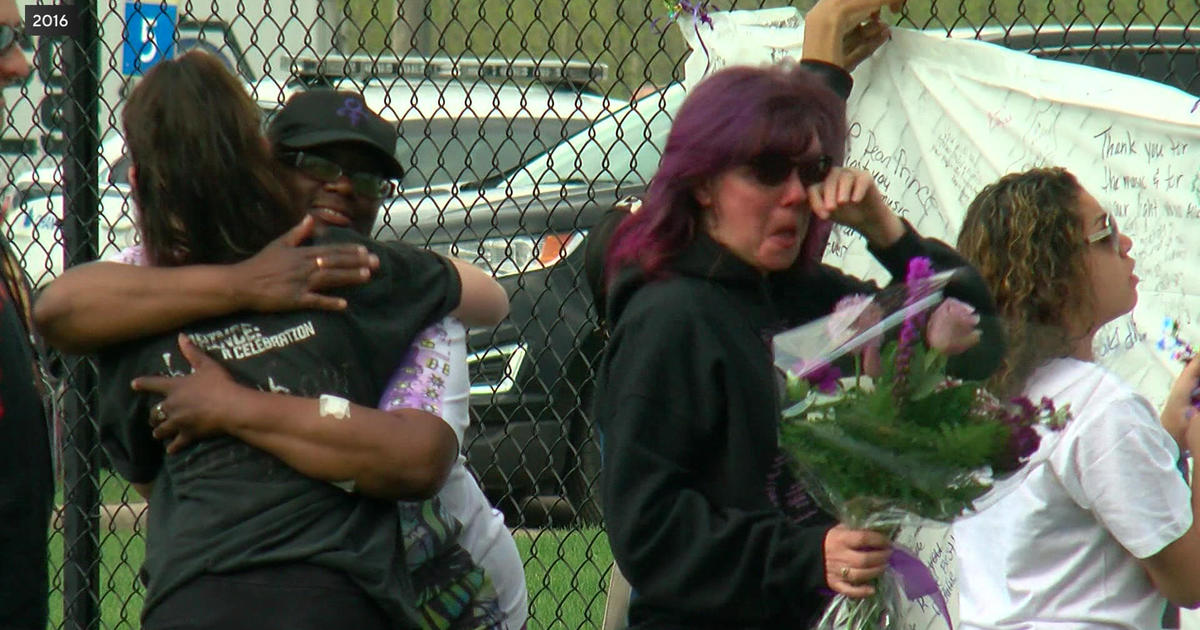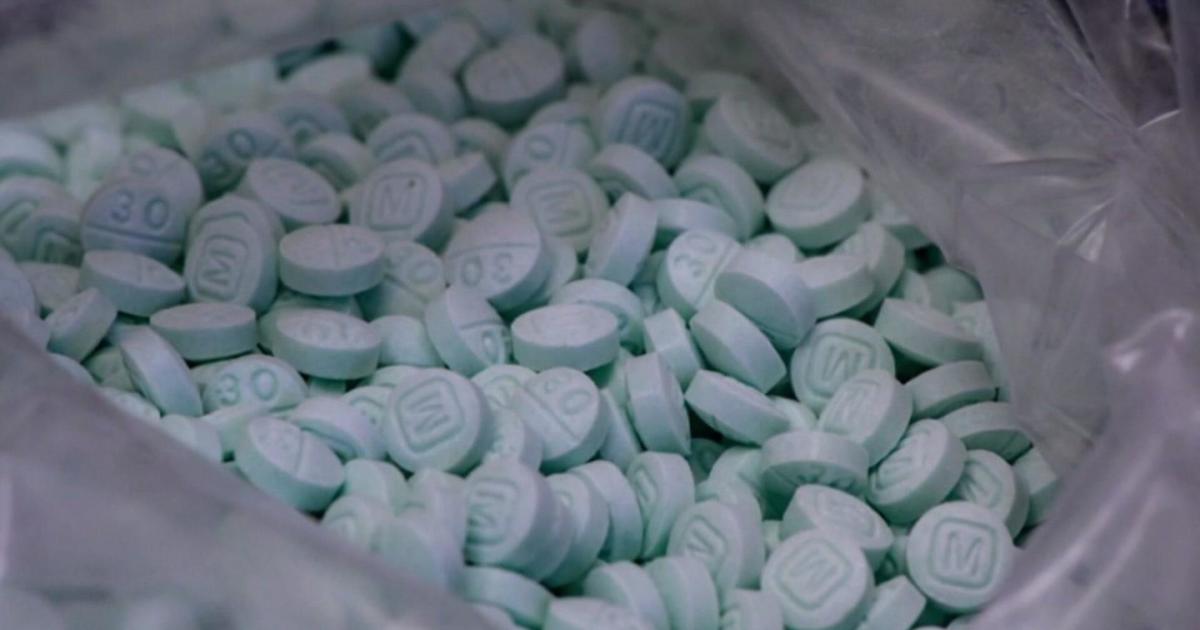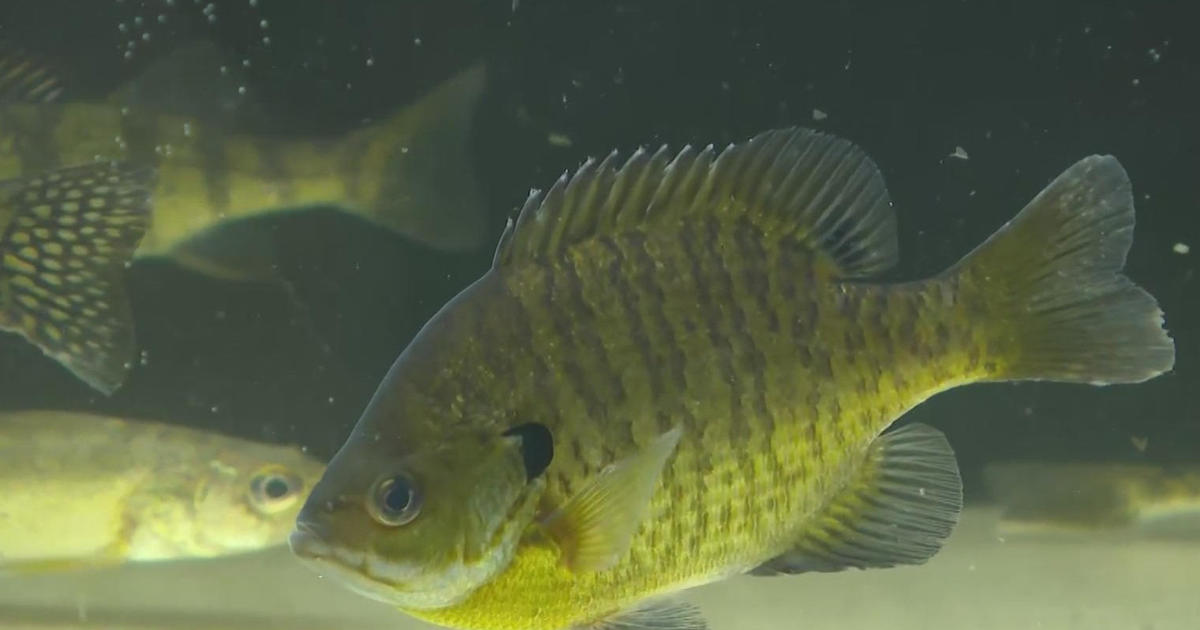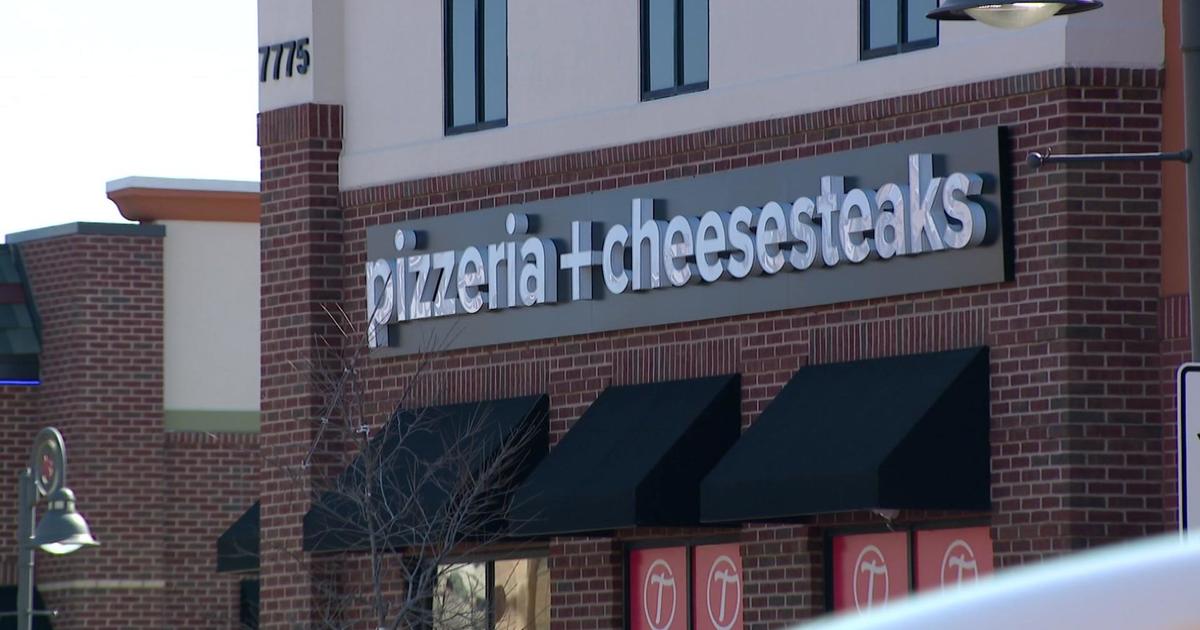WCCO Reporters Look Back At Super Bowl XXVI
MINNEAPOLIS (WCCO) -- When the NFL brought its big championship game to the Twin Cities in 1992, it was only a several day affair.
"It was big but nothing like this," WCCO's Esme Murphy said.
That's because Super Bowl LII events will stretch over 10 days and draw an estimated one million spectators to the Twin Cities.
For the few of us on the WCCO-TV staff who were around in 1992, the stories were a part of NFL history.
"I remember being low in seniority and I got the not so important assignments. One of them was the brand new Taste of the NFL," Murphy said.
What began here in '92 is now among the most popular Super Bowl events and one of the hottest tickets in town. The annual benefit featuring NFL players and celebrities has raised tens of millions of dollars to fight hunger.
Looking back to the actual game between Washington and Buffalo, Bill Lester remembers, "Thurman Munson lost a helmet and people didn't like the half-time show."
Lester headed up the Metrodome as the executive director of the Minnesota Sports Facilities Commission. He vividly recalls the NFL wanting 70,000 seats inside the 65,000 seat Hubert H. Humphrey Metrodome.
The plan evolved to add bleacher seating, but without back rests to accommodate more ticketed fans for the Jan. 26 game.
"To their credit the NFL said we can't take our best customers and treat them like sardines, we just can't do that," Lester said.
The idea was scuttled.
I can recall reporting on fans coming into town aboard their private, luxury rail cars. The cars were actually parked on side tracks near the Metrodome and allowed many to actually sleep aboard the cars.
Today's Minneapolis skyline includes plenty of luxury hotels, so there will be no need to sleep on a train.
Among those in attendance in 1992 was Donald Trump and Marla Maples. He was spotted attending the Taste of the NFL, where he told WCCO's Amy Marsalis, "It's a great city, a great city, the people are fantastic!"
Outside the Metrodome, several hundred Native Americans gathered in protest of the NFL's use of Indian names and mascots. They marched in relatively mild weather, unlike the bitter cold and snow that many fans had feared.
"People did not want to come to Minnesota and there was a lot of concern of what it would be like," Murphy said.
For a Super Bowl dubbed "Fire and Ice," it was a balmy 26 degrees at game time - and no blizzard.
Back then, the Super Bowl was just the latest big event to pay us a visit. We had also hosted the Stanley Cup finals, NCAA Final Four, U.S. Special Olympics, the U.S Open at Hazeltine and a World Series. All of them in just over a year's time.
So how did The Twin Cities convince the NFL to gamble on a northern climate? NFL owners were demanding it, so it came down to Detroit, Seattle, Indianapolis and Minneapolis.
Lester recalls Seattle trying to derail our chances, by putting out the average Minneapolis temperature on Jan. 26. It obviously backfired.



